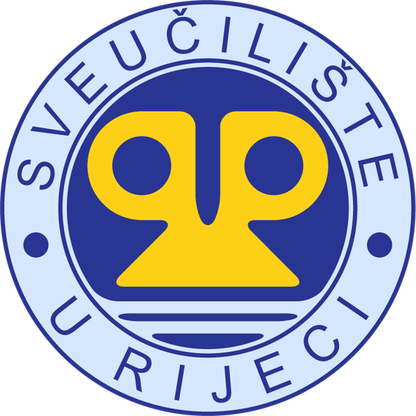| Id | 3062 | |
| Author | Lucchi E. | |
| Title | Regenerative Design of Archaeological Sites: A Pedagogical Approach to Boost Environmental Sustainability and Social Engagement | |
| Reference | Lucchi E. Regenerative Design of Archaeological Sites: A Pedagogical Approach to Boost Environmental Sustainability and Social Engagement,Sustainability (Switzerland) 15 4 |
|
| Keywords | Italy; archaeology; climate change; cultural heritage; decision analysis; learning; participatory approach; stakeholder; sustainability; sustainable development; Sustainable Development Goal; UNESCO |
|
| Link to article | https://www.scopus.com/inward/record.uri?eid=2-s2.0-85149226760&doi=10.3390%2fsu15043783&partnerID=40&md5=0510a7a7a23fd81b05323205abfe6ca3 |
|
| Abstract | Sustainable pedagogical approaches and practices have changed during the years, generating a set of philosophical, theoretical, and scientific concepts. Inside them, regenerative design is a proactive method based on systemic frameworks and developmental processes for maintaining the integrity of natural ecosystems, also enhancing human life, environmental awareness, social equity, and economic sustainability through the support of codesign techniques. This approach is widely used in architectural design, both for existing and heritage buildings, to address negative impacts of global warming, climate change, urban sprawl, touristic pressure, and other contemporary challenging phenomena. Specific workflows for archaeological sites have been never proposed, despite the fact that these sites face problems and risks completely different from other cultural heritage settings (e.g., physical development, pollution, tourism pressure, vandalism, looting, inappropriate excavations or interventions, lack of maintenance, funding, and legislation). This study presents a multicriteria decision analysis workflow for preserving and regenerating archaeological sites in a sustainable way through a deep understanding of current problems, values, features, and risks at urban and building levels. This method is tested with a pedagogical experiment at the UNESCO Site of Casterseprio (Italy), to investigate the interaction between heritage, environmental, social, and economic dynamics as well as to define its feasibility, applicability, limitations, and opportunities for further developments. The didactic process is supported by a participatory program among the key players of the site (owners, heritage and public authorities, and local associations), to create strong public support and a shared vision of the sustainable regeneration of the area. Differences between traditional and regenerative design processes, key design principles, shared criteria, replicability, novelty, and limitations of the pedagogic approach are also identified. Key findings of the present study are: (i) students need clear and shared design workflows for supporting their design projects; (ii) “regenerative design” involves multilevel dynamic training methodologies that motivate and involve the student while also improving their consciousness; (iii) the cooperation and the involvement of the stakeholders is important to favor a human-centered approach based also on social and economic interactions; (iv) digital technologies are fundamental for quantifying the key performance indicators in each design stage; (v) “regenerative design” boosts long-term planning and financial self-sustainability of the intervention; and (vi) multicultural design teams producing more innovative design ideas. © 2023 by the author. |
|
| Metodology | Technique |








